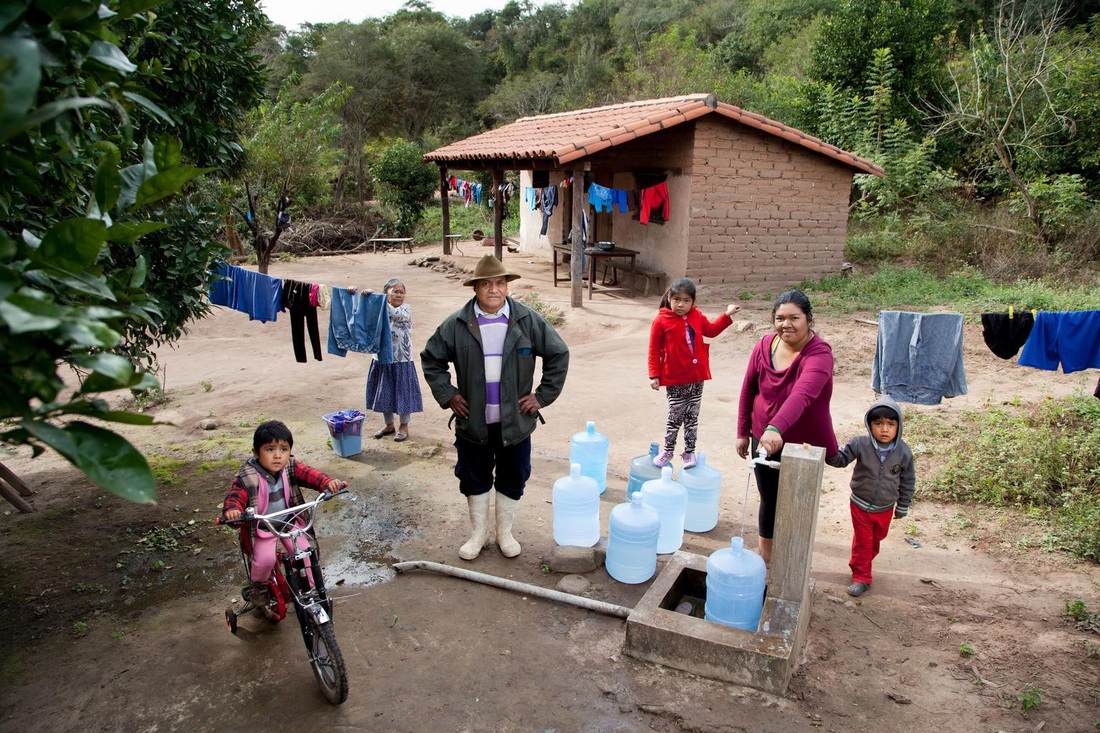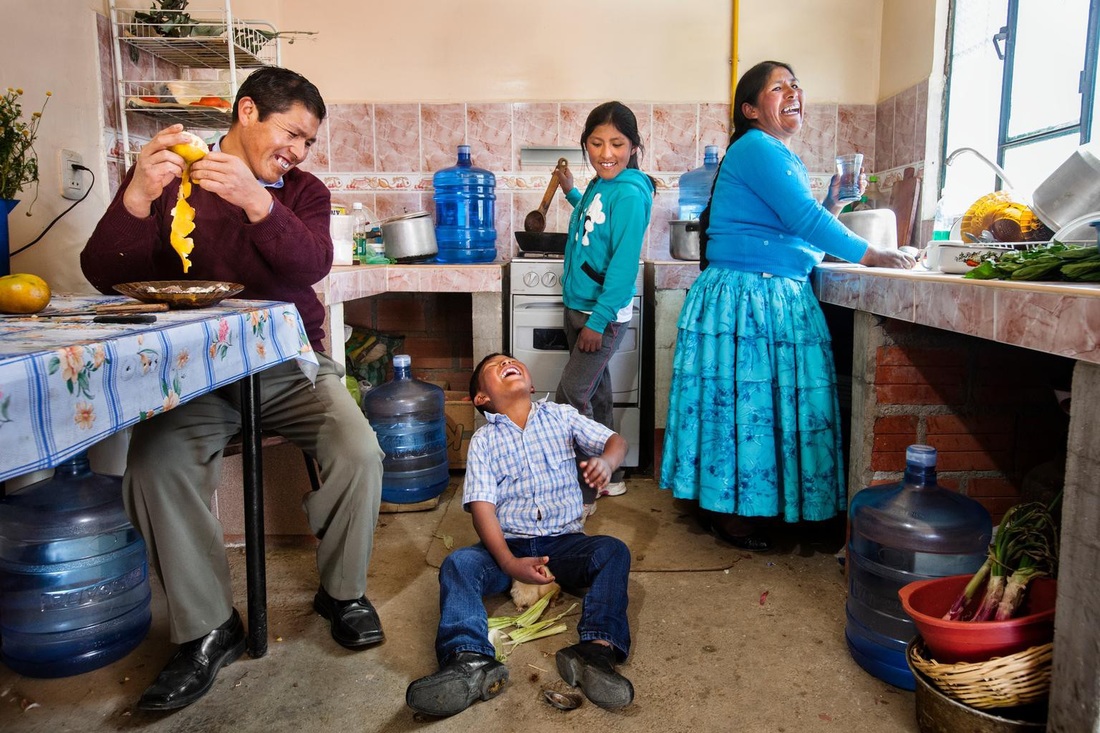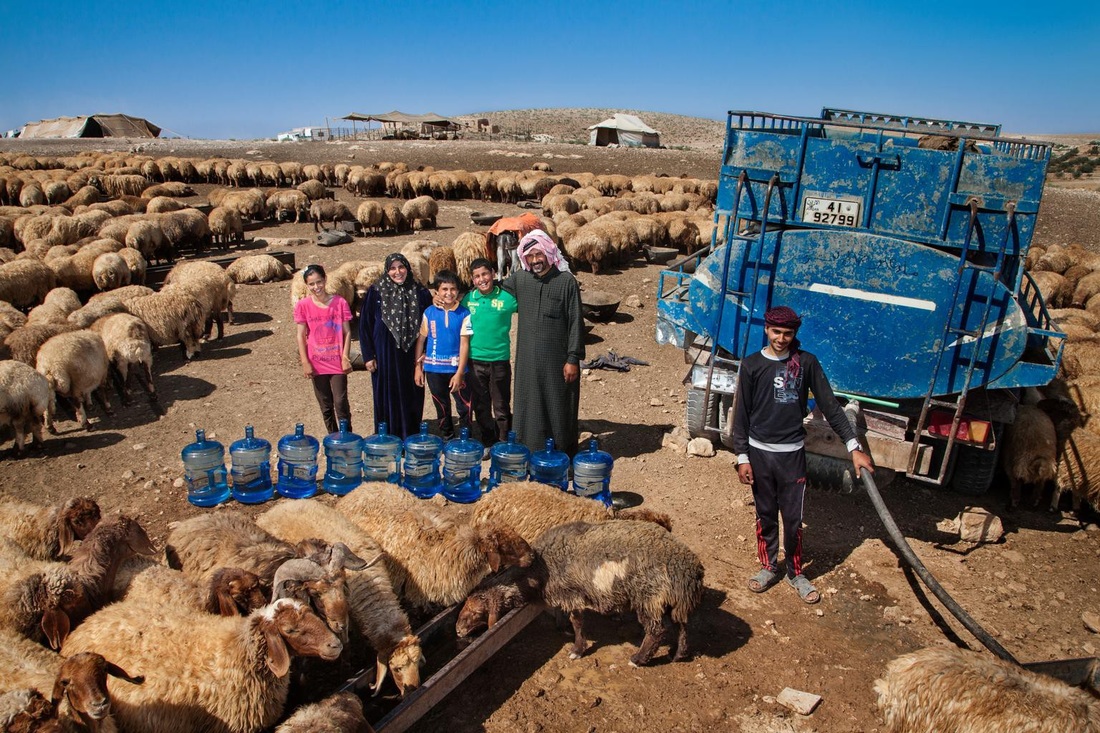Access and Usage Across Continents

For millions of people around the globe, water, sanitation and hygiene conditions have improved. Still, in 2015, 663 million people are using unsafe drinking water.
(Foreground) Fouré Moussa collects the 80 litres of water her family uses daily from a borehole two kilometres from her home, in the Niger. To avoid long queues at the water source, she goes at night. The walk takes 30 minutes each way, and once there, it takes 15 minutes to fill a container.
(Third from left) René Visalla and his family, indigenous Guaraní in Bolivia, use 140 litres of water a day. He says that running water and a toilet have brought his family safety, including from snakes in the bushes, where they once relieved themselves.
Rhoda January’s family draws the 100 litres of water they use from a recently installed borehole, in Malawi. Previously, their water came from shallow wells.
“The water was really bad. … We were supposed to add chemicals to clean it, but we are so poor we couldn’t afford it,” she said.
“The water was really bad. … We were supposed to add chemicals to clean it, but we are so poor we couldn’t afford it,” she said.
(Foreground) Felix Siliya’s family collects their 120 litres of water from a borehole 700 metres from their home, in Malawi. Previously, the nearest borehole was five kilometres away.
“When water was so far away, we couldn’t carry a lot, so we never had enough water,” he said.
“When water was so far away, we couldn’t carry a lot, so we never had enough water,” he said.
The Esteban family lives in District 7, one of the poorest neighbourhoods in the Bolivian city of El Alto, where they use 100 litres of water daily.
“The most important thing in my life and my home is water. Without it we don’t have life,” said Ms. Esteban.
“The most important thing in my life and my home is water. Without it we don’t have life,” said Ms. Esteban.
(Second from right) Abu Ibrahim’s family, members of the Bedouin ethnic group, move from place to place in Jordan’s deserts, following access to water and food for their 700 sheep. They use 8,000 litres of water daily — 200 for themselves and 7,800 for their herd.





 RSS Feed
RSS Feed
